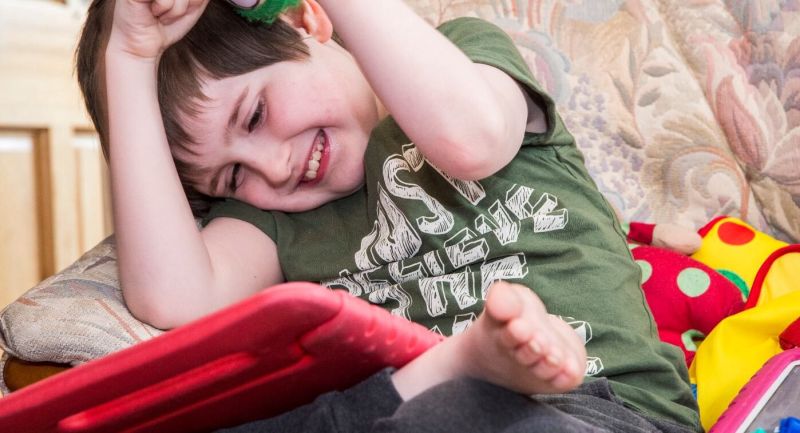At Advancing Opportunities, we excel in providing residential and respite services to people of with all disabilities, along with advocacy and education services for parents and guardians and assistive technology support. As a leader in the field, we are pleased to share our experience, knowledge, and expertise with the disability community through our social media outlets: Facebook, Google+, LinkedIn, and Pinterest. In our Disability and Ability Highlights of the Week column, we will select the best of what we found and shared and present them. Please click on the titles with embedded links to find the full article.

This is the perfect time to discover and enjoy one of New Jersey lesser-known treasures. This section of the Appalachian Trail comprises several boardwalks that travel a scenic and diverse landscape in the northern part of Sussex County, New Jersey. Photo: Daniel L. Berek 2016
Disability in the news (mostly in New Jersey, the population we serve)
A New Jersey mayor recommends centralizing all state supports for people living with disabilities under one state office.
Experts – professionals, academics, and parents – testify at the U.S. Senate on the importance of dyslexia in the workplace and society and the many talents people with dyslexia have.
The US Supreme Court is consulting with the Obama administration on a case involving the definition of a Free and Appropriate Public Education.
UN conference emphasizes the need for the proper diagnosis for people with autism.
For parents of a child with a disability (parenting, special needs):
Blog piece from an autistic writer and advocate: Autistic behavior and consequences.
A recent study confirms what parents of children with ADHD have known all along: these children take longer to fall asleep and sleep less.
Visually impaired young golfers have big dreams at New Jersey golf clinic.
Special education (including college for students with disability):
A primer on assistive technology in the classroom for students with special needs. Digital devices and screen capability have helped countless students overcome communication hurdles and obstacles to class participation.
Using drama to boost social skills among students on the autism spectrum.
Inspirational and Informative (or Both!):
A former Rutgers football player paralyzed in 2010 game asks a friend with cerebral palsy to her prom.
Advocacy and self-advocacy:
Numerous people thought that Jocelyn, who has dyslexia, wasn’t smart. Her mom knew better and took her story to the U.S. Senate.
A leading UK advocate for people with learning disabilities speaks out.
Assistive technology:
From the Ruderman Family Foundation: When Mass Production Doesn’t Work: The Story of the Adaptive Design Association
The Apple Watch will enable wheelchair users to track their fitness goals.
People with a disability in the community (disability rights and acceptance):
What started out as therapy, has turned into a business for a young man with Down syndrome in Yukon OK.
Disability awareness:
A deaf person uses “the music of sign language” to express how sound is very much a part of her life. She chooses to be empowered by embracing sound in her art and her life, leading to the music of ASL. This is a fascinating and very positive TED Talk on how a person with a disability can use that very disability to explore and enlighten.
Medical news – research:
Research shows that having a first-degree relative with epilepsy significantly increases the risk of being diagnosed with autism; greater similarities in the brain have been identified.
A new study using fMRI finds that the brains of people with dyslexia work differently from those of people with dysgraphia.
A new look at sensory symptoms in autism: is it one or two?
People with disabilities in the arts:
An interesting conference on disability and the arts is scheduled to take place this September in Norway.









